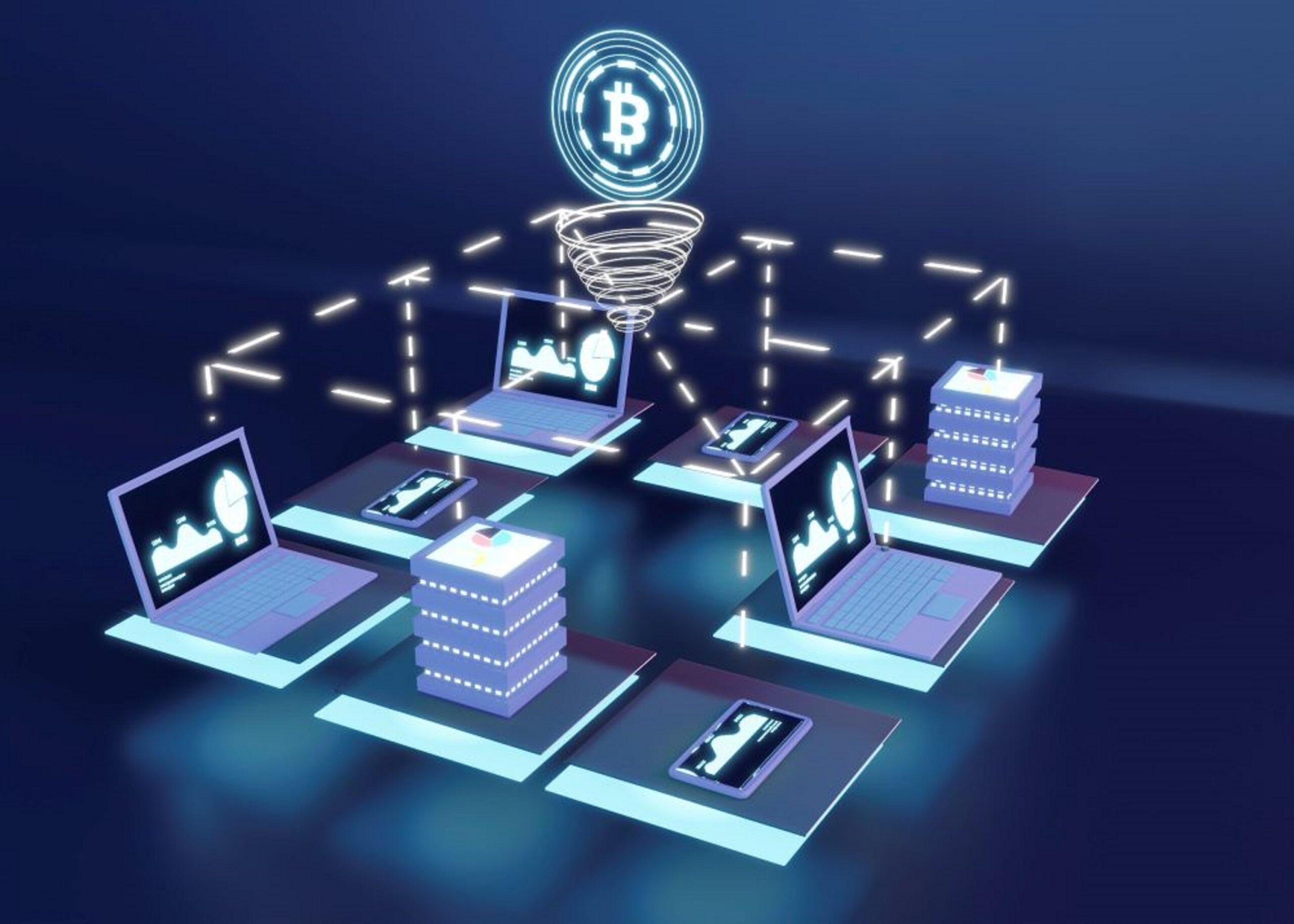Introduction:
Blockchain technology has evolved far beyond its initial application as the underlying technology for cryptocurrencies. Today, it is a powerful tool reshaping industries through its decentralized and secure nature. One of the key aspects propelling this transformation is blockchain software development, where smart contracts play a pivotal role. In this blog, we will delve into the world of smart contracts, explore the nuances of blockchain software development, and examine the integration of artificial intelligence (AI) in shaping the future of this revolutionary technology.
I. Understanding Blockchain Software Development:
Blockchain software development is the process of creating decentralized applications (DApps) and smart contracts that run on blockchain networks. Smart contracts, essentially self-executing contracts with the terms of the agreement written directly into code, have become the cornerstone of blockchain applications. These contracts eliminate the need for intermediaries, ensuring trust and transparency in transactions.
A. Smart Contracts in Action:
Smart contracts operate on the if-then logic, automating and enforcing the terms of an agreement without the need for a central authority. For example, in a real estate transaction, the smart contract would automatically transfer ownership once payment is made, streamlining the process and reducing the risk of fraud.
B. Challenges in Traditional Development:
Traditional software development faces challenges like security vulnerabilities and centralized control. Blockchain software development addresses these issues by leveraging decentralized networks, cryptographic principles, and consensus mechanisms.
II. AI in Blockchain: A Synergistic Alliance:
As blockchain technology continues to advance, the integration of AI is becoming a game-changer. The marriage of AI and blockchain creates a synergy that enhances the capabilities of both technologies.
A. Enhanced Security with AI:
AI algorithms can be employed to detect and prevent security breaches in blockchain networks. Machine learning models analyze patterns of behavior, identifying potential threats and vulnerabilities. This proactive approach strengthens the security of blockchain systems, making them resistant to attacks.
B. Optimizing Smart Contracts with Machine Learning:
Machine learning algorithms can be embedded within smart contracts to optimize decision-making processes. For instance, in supply chain management, AI can analyze data to automatically adjust contract terms based on real-time conditions such as weather, demand fluctuations, or supply chain disruptions.
C. Decentralized AI:
Traditional AI models often centralize data, raising concerns about privacy and security. Integrating AI with blockchain allows for decentralized AI, where models can operate on encrypted data without exposing sensitive information. This not only ensures privacy but also promotes transparency and trust.
III. The Future Landscape: Innovations and Challenges:
A. Scalability and Interoperability:
While blockchain technology has proven its worth, scalability and interoperability remain challenges. Integrating AI introduces new dimensions to these challenges, requiring innovative solutions to ensure seamless collaboration between diverse technologies.
B. Regulatory Considerations:
The evolving landscape of blockchain and AI necessitates clear regulatory frameworks. Governments and regulatory bodies must adapt to ensure the responsible development and deployment of these technologies, balancing innovation with ethical considerations.
C. The Rise of Decentralized Autonomous Organizations (DAOs):
The combination of smart contracts and AI could pave the way for the rise of DAOs—organizations governed by code and consensus. These entities operate transparently, with decisions made collectively by stakeholders through smart contracts. This could revolutionize traditional organizational structures.
IV. Conclusion: Shaping the Future of Technology:
In conclusion, the integration of AI in blockchain software development is a transformative force, unlocking new possibilities for innovation. Smart contracts, as the building blocks of decentralized applications, are at the forefront of this revolution. As we navigate the challenges and embrace the opportunities presented by the convergence of AI and blockchain, it is evident that we stand on the brink of a technological renaissance—one where decentralized, intelligent systems redefine the way we interact, transact, and collaborate. The future of blockchain software development is not just smart contracts; it’s smart contracts empowered by the limitless potential of artificial intelligence.



